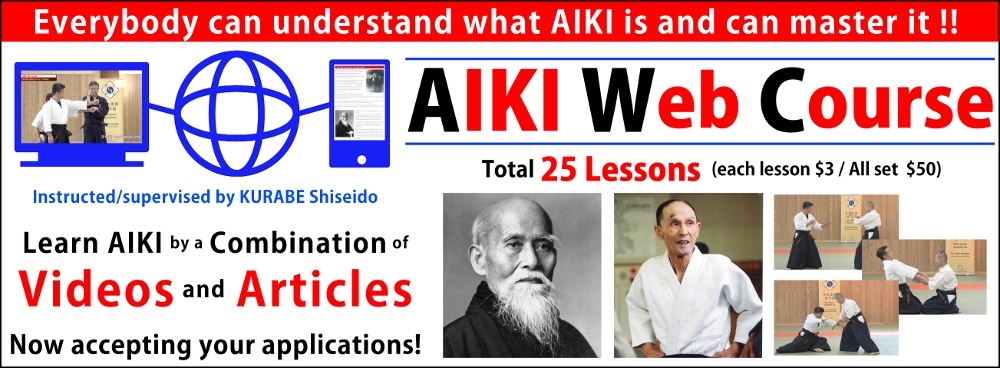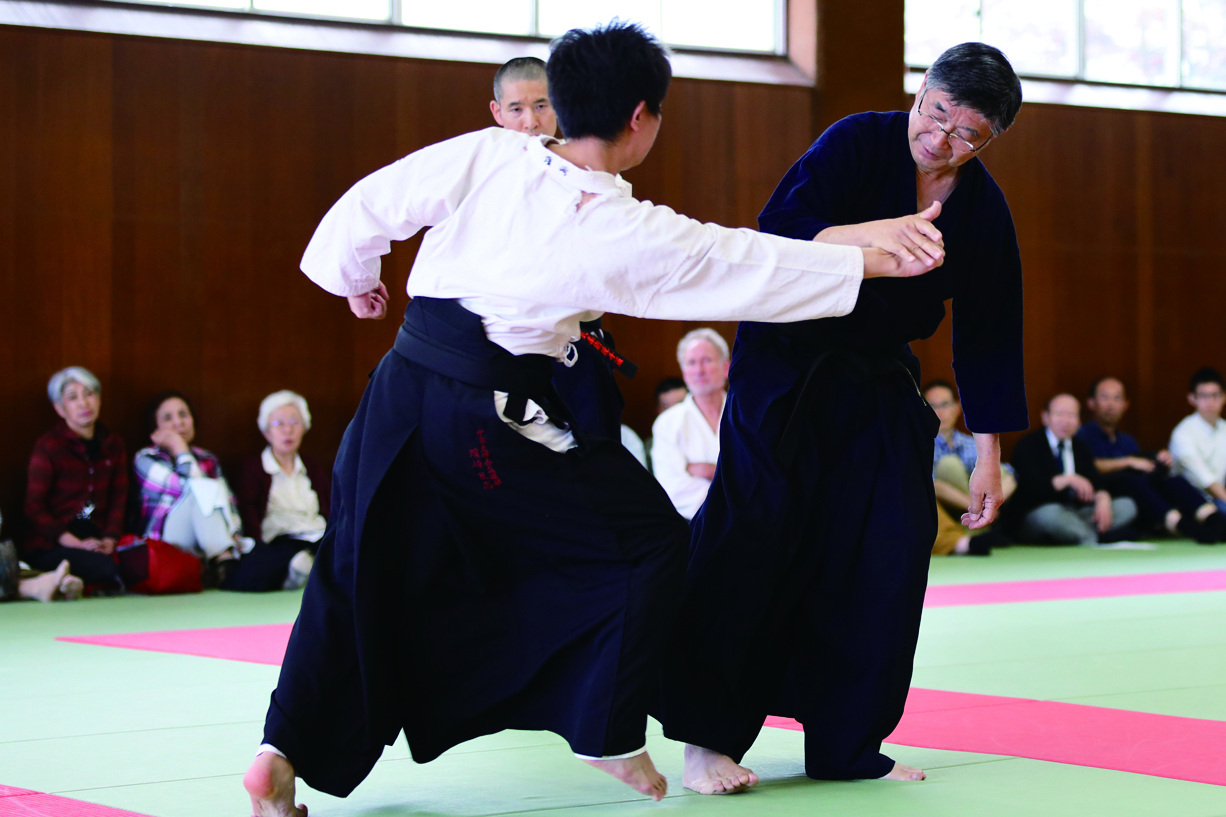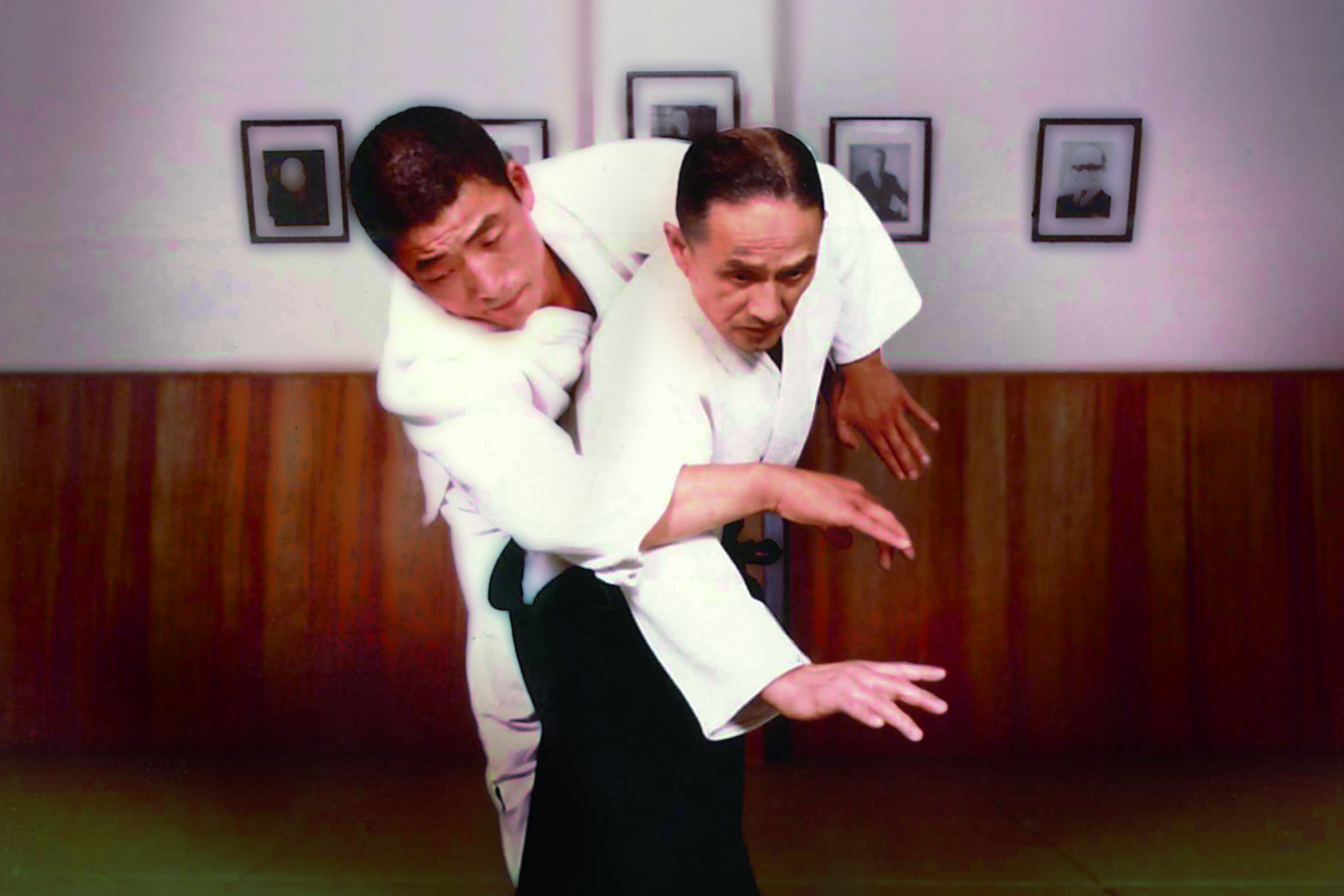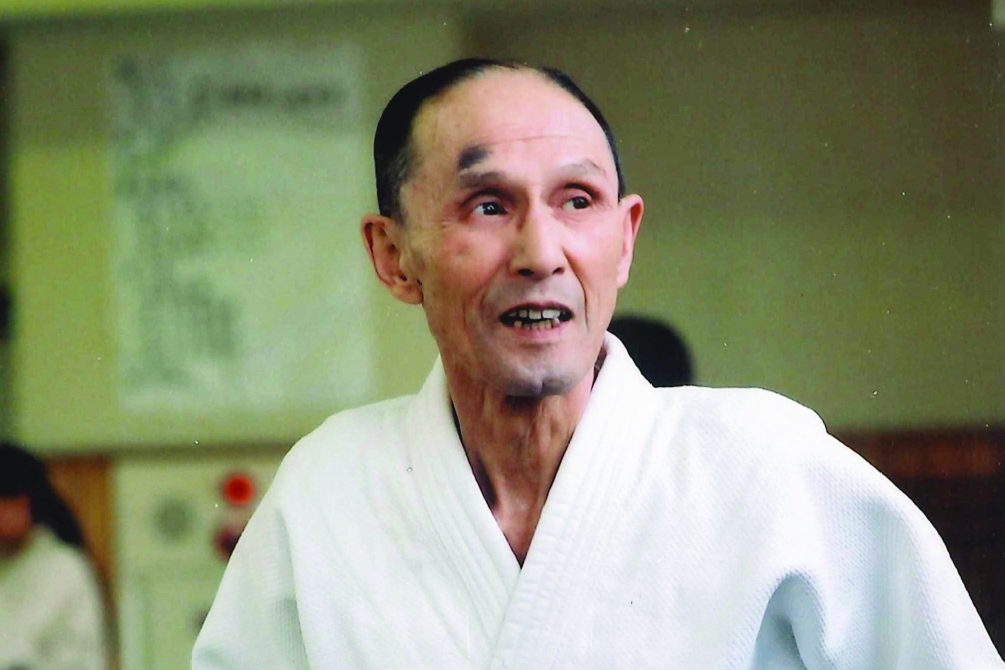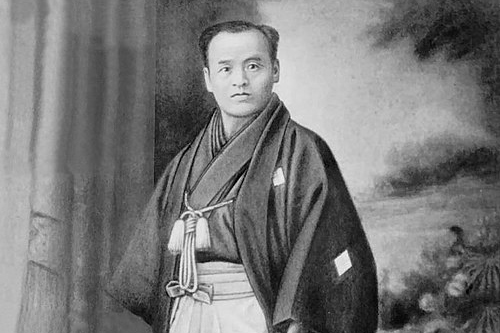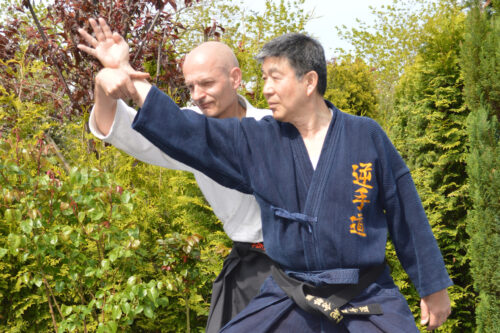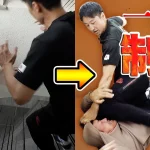» At the starting of AIKI Web Course
【AIKI Web Course Part 2】
Lesson 9 - Force Equilibrium
The human body is in a kind of rigid state when external force and own reaction force are balanced in any part.
The method of using this characteristic to collapse the opponent is the Force Equilibrium method.
Throw the opponent with a “non-detachable arm”
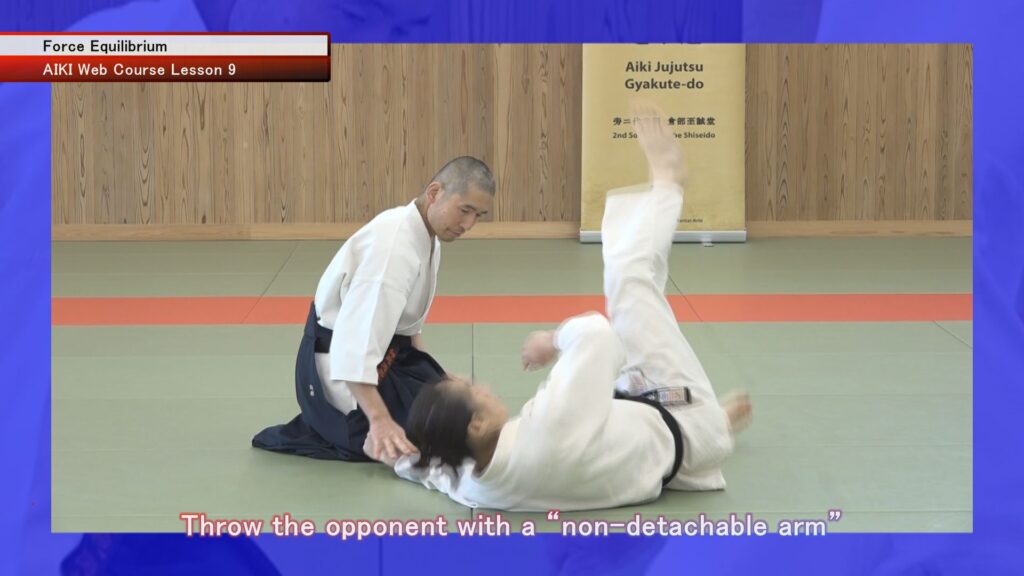
A and B sit in Seiza by face to face.
A…Defender
B…Attacker
a・A lightly pushes B’s outstretched left forearm from above with his right hand.
b・B tries to lift up his left arm as a reaction to avoid being pushed.
c・A adjusts the force of his right hand to balance that force, creating a Force Equilibrium state.
d・A pulls his right hand diagonally backward so as not to break the Force Equilibrium state.
e・B cannot detach his left arm from A’s right hand. B’s arm follows A’s hand. Since B’s body is in agglutination, B’s upper body collapses to A’s side.
Force Equilibrium is different from force antagonism.
Antagonism of forces is a state in which two forces collide, each exerting greater force than the other and constantly wiggling in an attempt to move the other.
On the other hand, equilibrium of forces is when both forces are equal in magnitude and are at rest with no change in magnitude and no movement.
In a simple example, A puts his own arm on B’s outstretched arm and make himself totally relaxed, in other words, a state in which only the weight of the arm is applied. B holds A’s arm with enough force to support the weight of A’s arm so that it does not move. This is the Force Equilibrium state.
1 How to create Force Equilibrium State
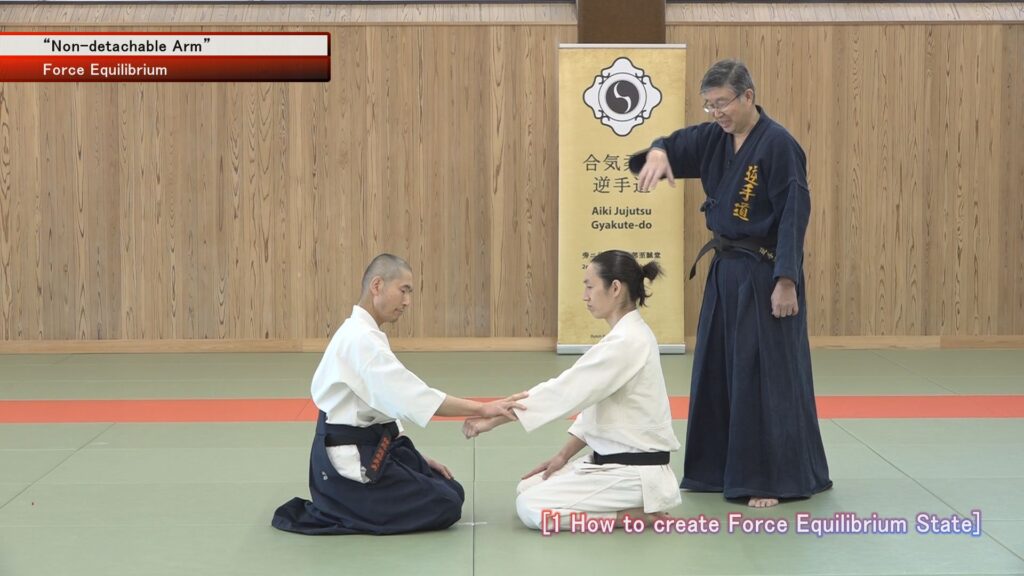
To create a Force Equilibrium state, never apply too much force. If you apply a large force, the opponent will naturally oppose it and produce a large force, so you will be in a state of antagonism.
Conversely, if you push your opponent’s arm with a very small amount of force, the opponent will push back with a correspondingly small amount of force, so you can create a state of Force Equilibrium relatively easily.
2 Move arm without breaking the Force Equilibrium State
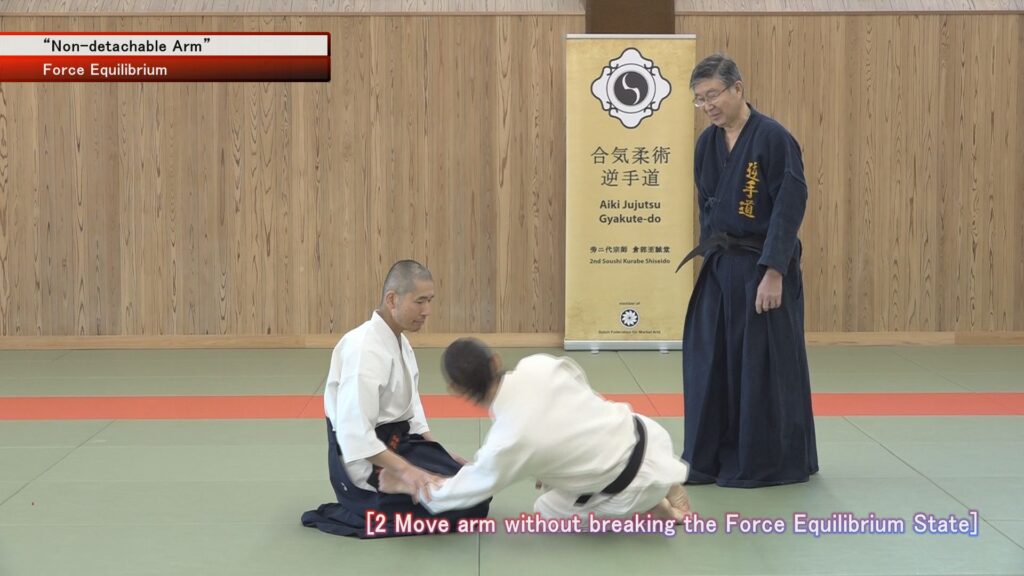
As mentioned at the beginning, if the force is balanced, the opponent’s body will be stiffened. In other words, if you move your arm, the opponent’s body will also move with that movement.
Never try to move it with great force. It is enough to move delicately and with the intention of guiding the opponent.
Summary of Lesson 9
A Force Equilibrium is easier to be created when the applied force is smaller. Once you realize this, AIKI using this principle becomes easy.
In the case of this lesson, much less force than the weight of your arm is far more than enough.
Learn AIKI by a Combination of
Videos and Articles!!
» At the starting of AIKI Web Course
with Videos and Free Articles
AIKI Web Course Part 2 24 Lessons
-
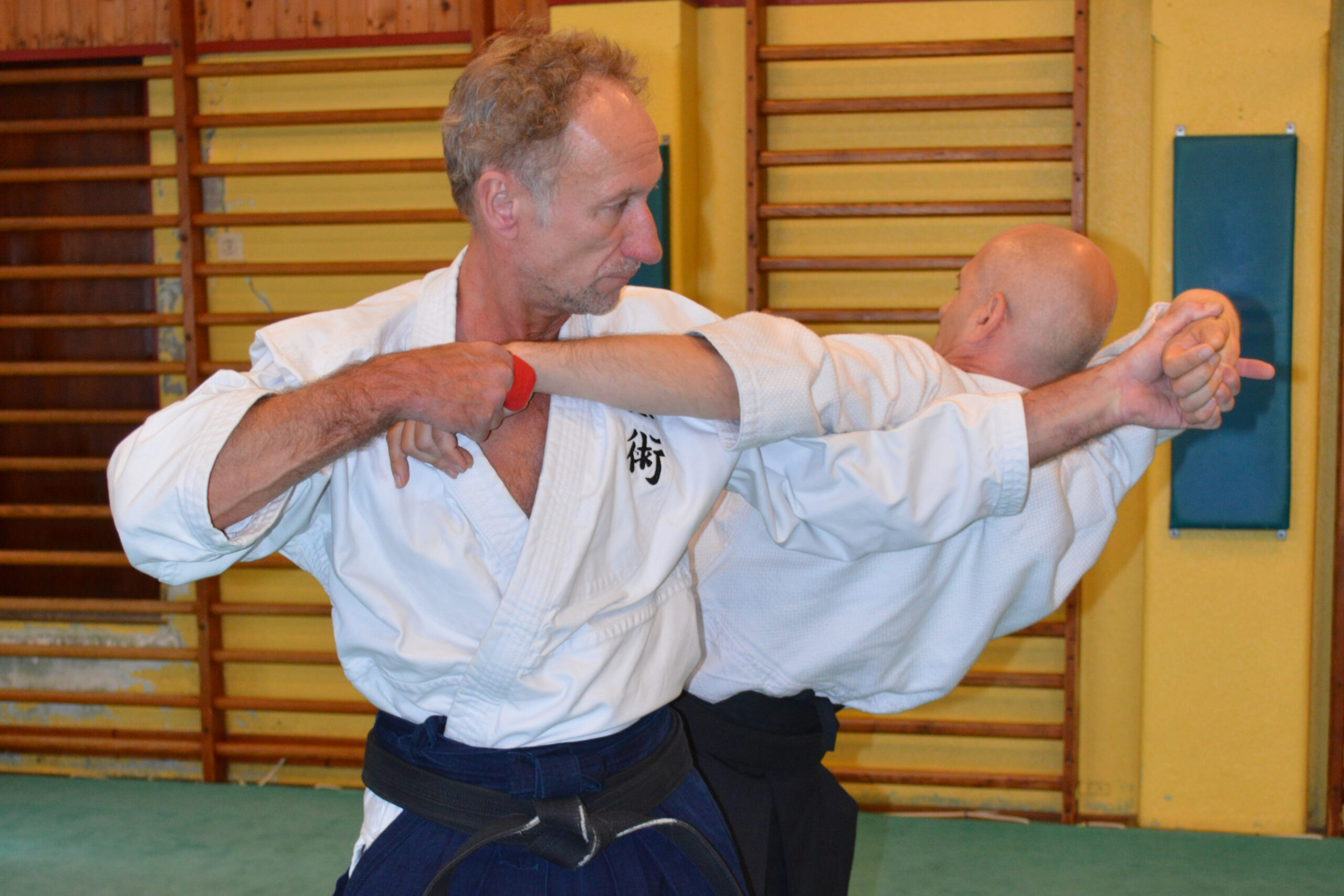
【AIKI JUJUTSU GYAKUTE-DO Series No.5】How you can learn Jujutsu properly
-
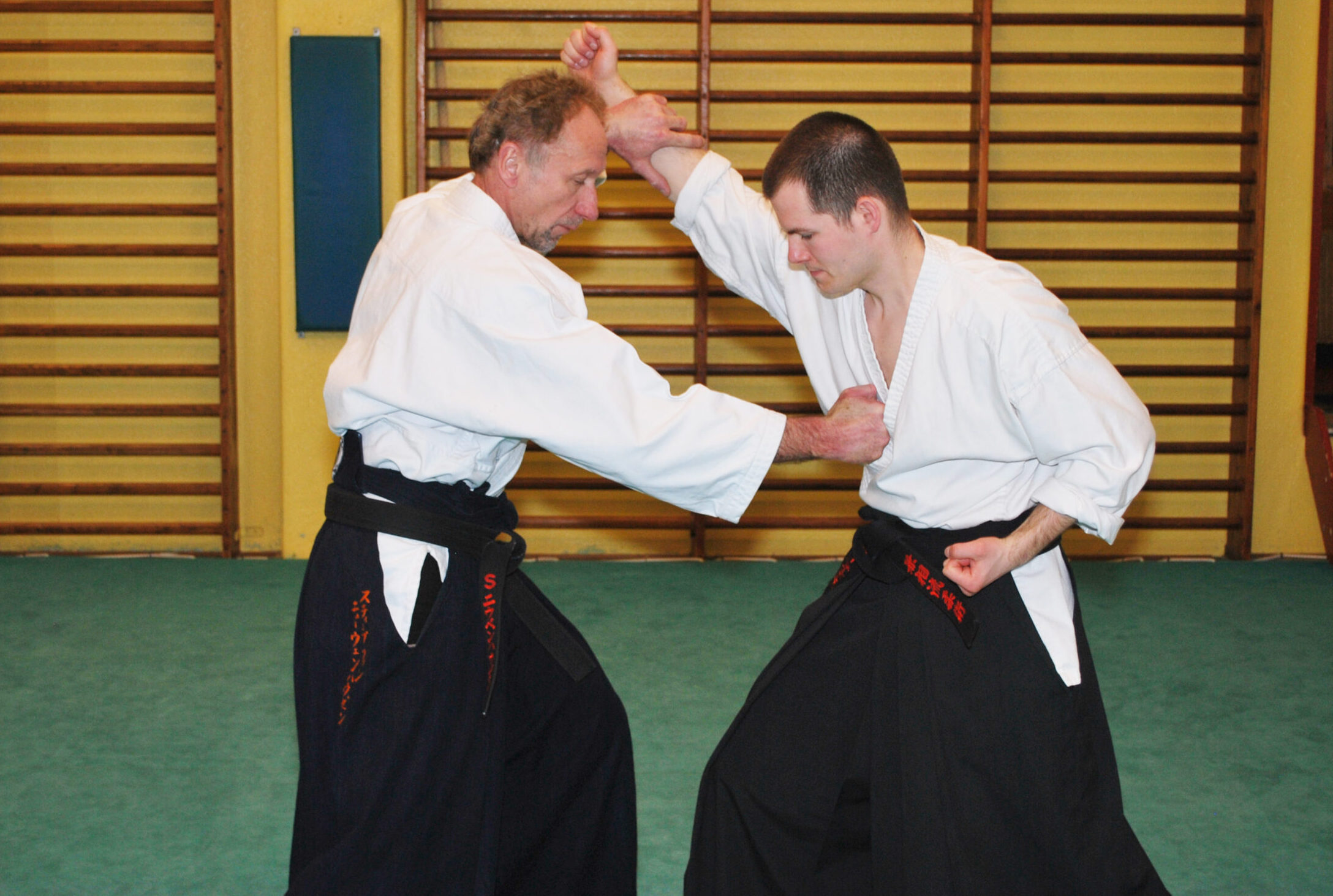
【AIKI JUJUTSU GYAKUTE-DO Series No.4】DAKEN-HO Hit and Kick KATA and AIKI
-
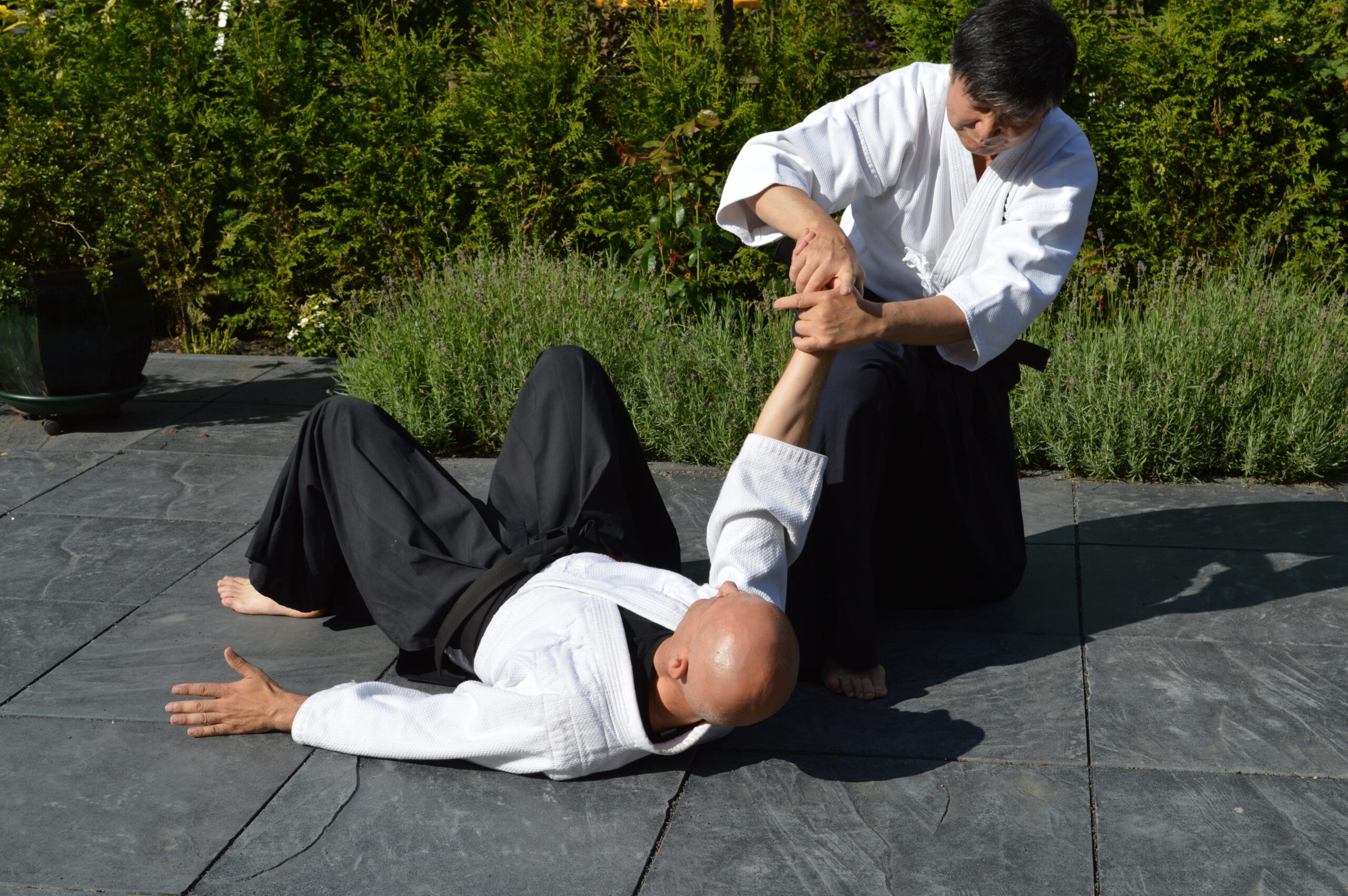
【AIKI JUJUTSU GYAKUTE-DO Series No.3】JUJUTSU WAZA, digest of FUDO
-
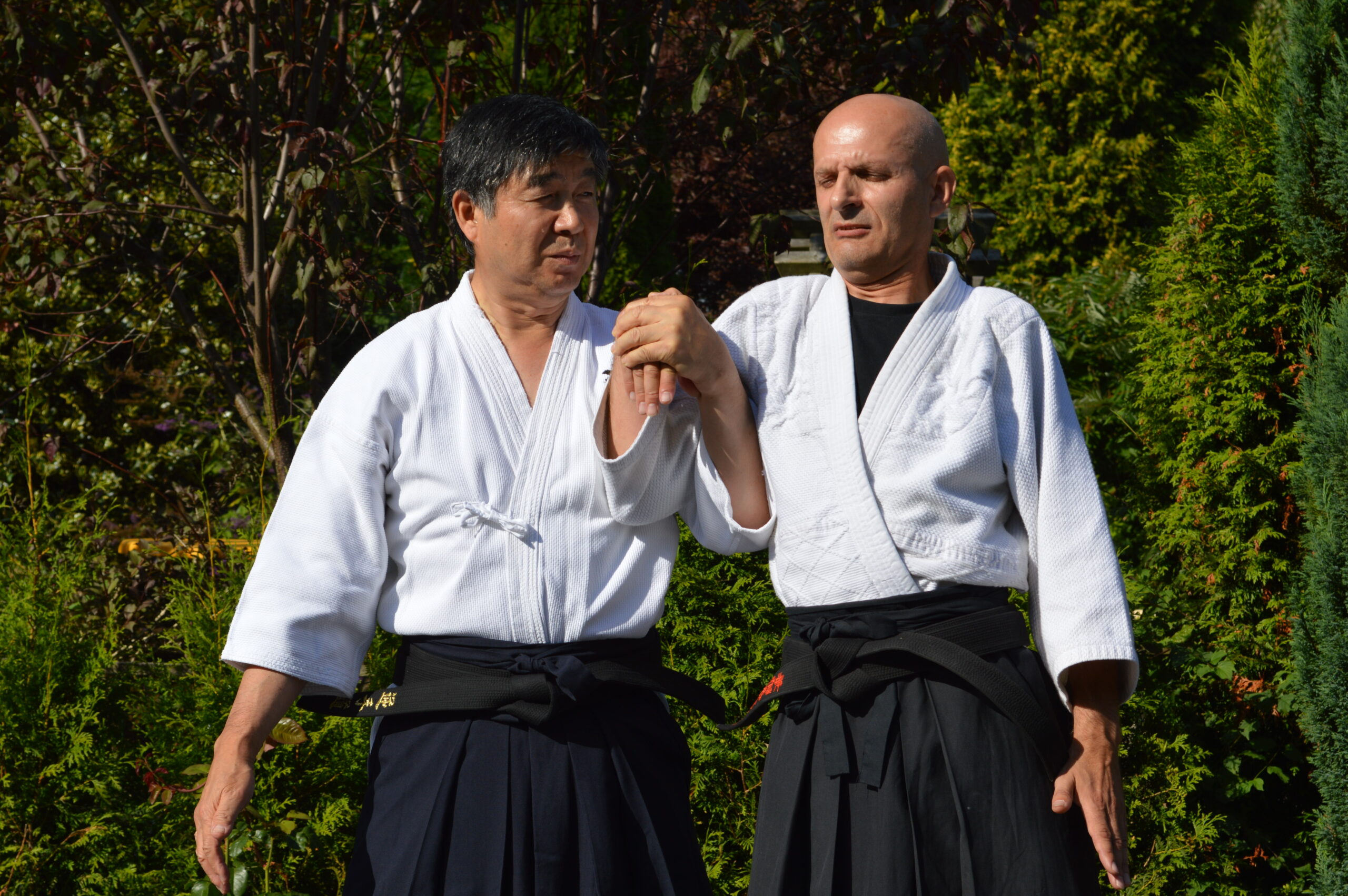
【AIKI JUJUTSU GYAKUTE-DO Series No.2】JUJUTSU WAZA, digest of NUKI, RENKO and NAGE
-
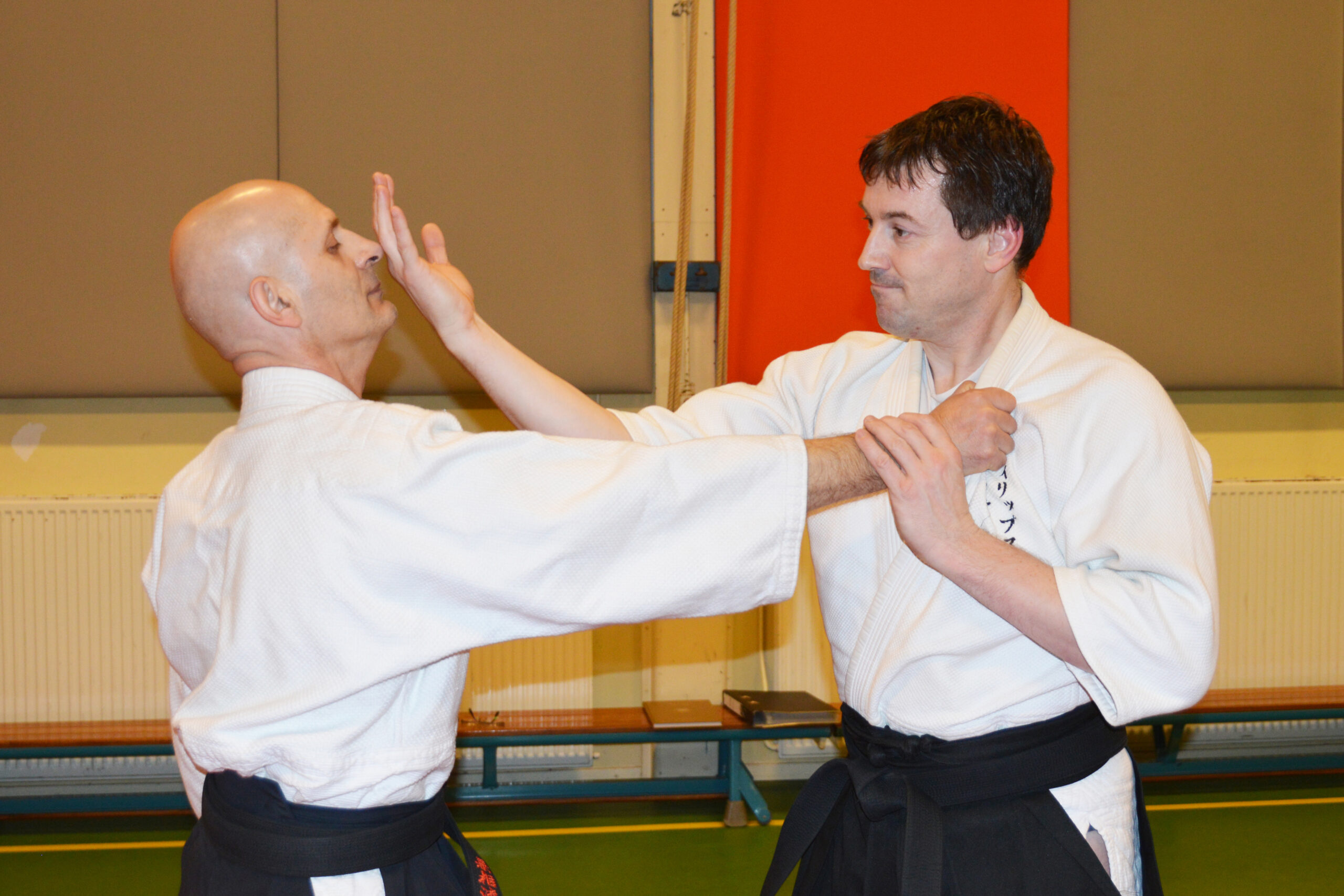
【AIKI JUJUTSU GYAKUTE-DO Series No.1】About GYAKUTE-DO and the digest of its basic techniques
-
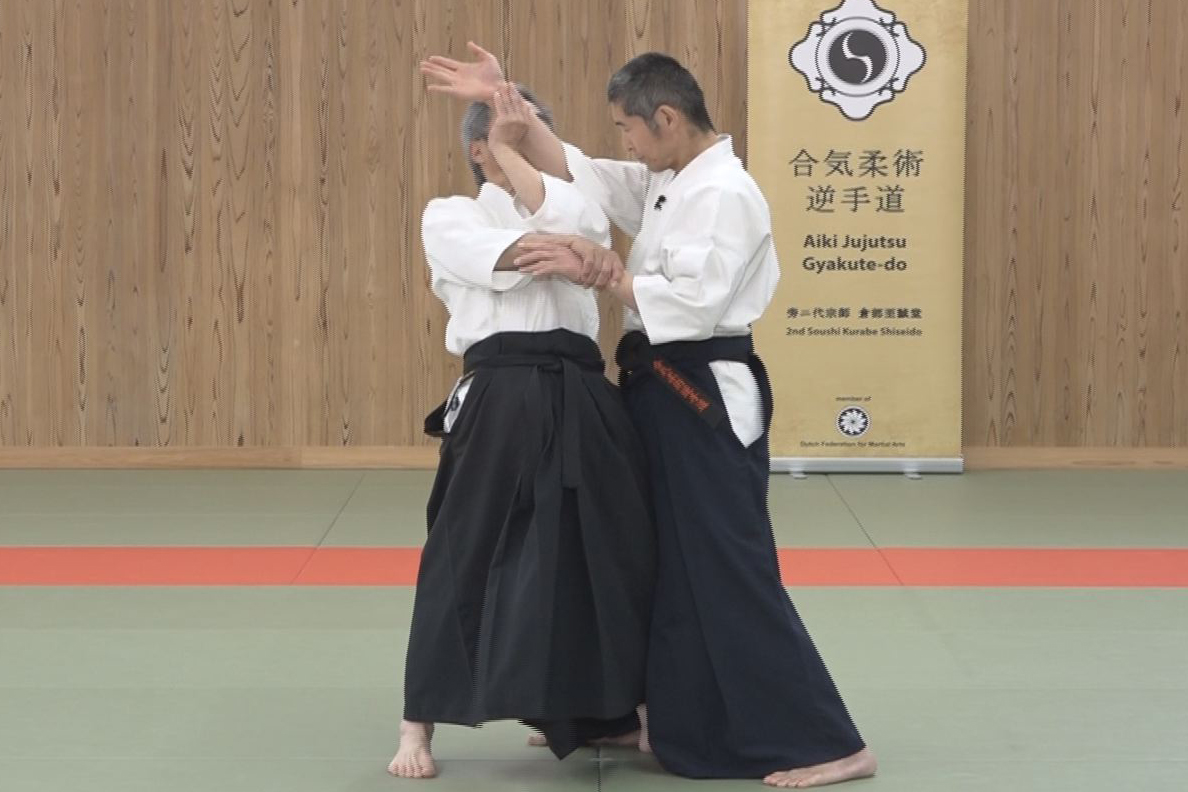
Lesson 24 With Comb. of Different Methods #2
-
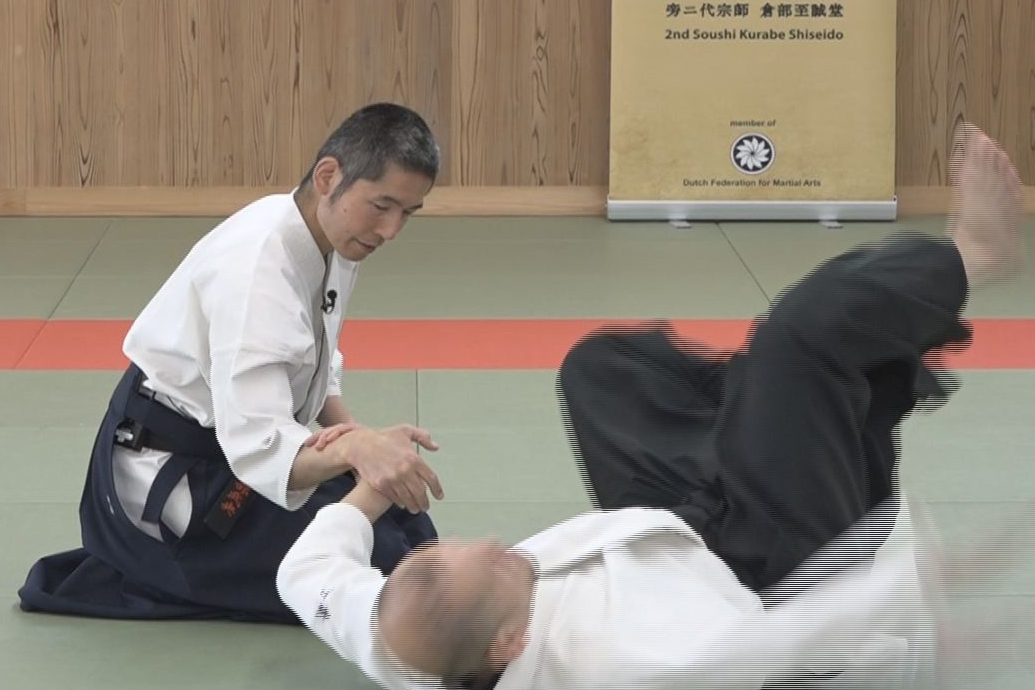
Lesson 23 With Comb. of Different Methods #1
-

Lesson 22 Advanced Tech. using F. E. method #2
-

Lesson 21 Advanced Tech. using F. E. method #1
-
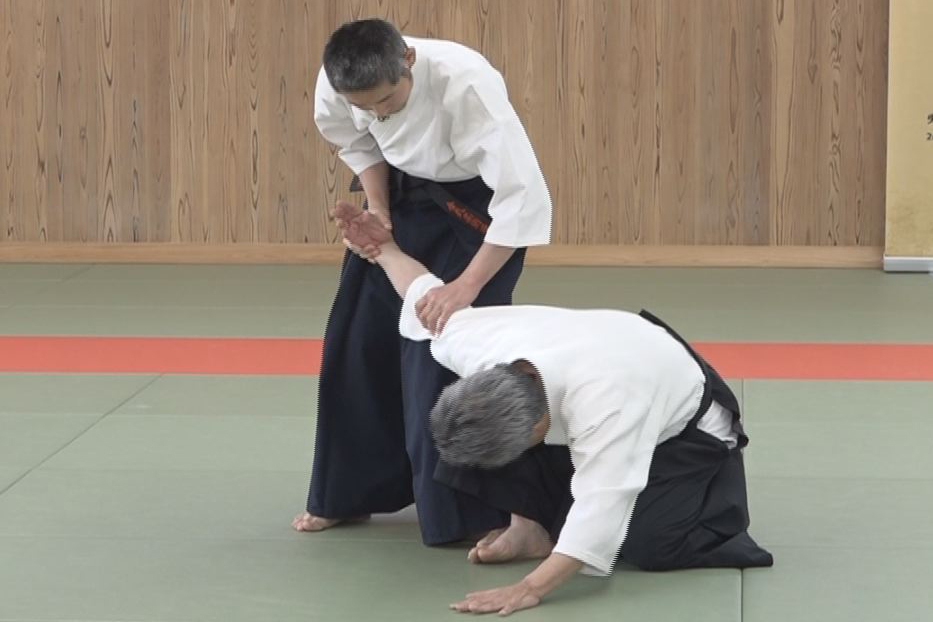
Lesson 20 Advanced tech. using T. F. T. #2
-
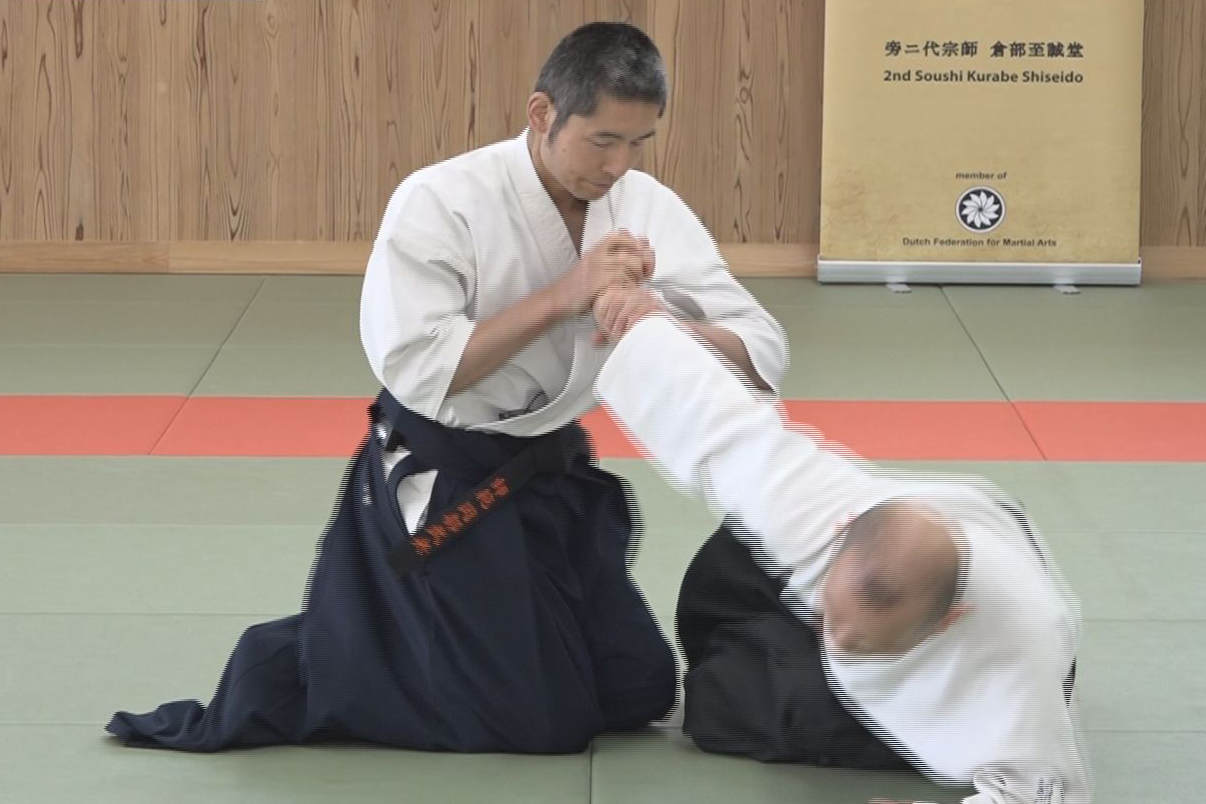
Lesson 19 Advanced tech. using T. F. T. #1
-
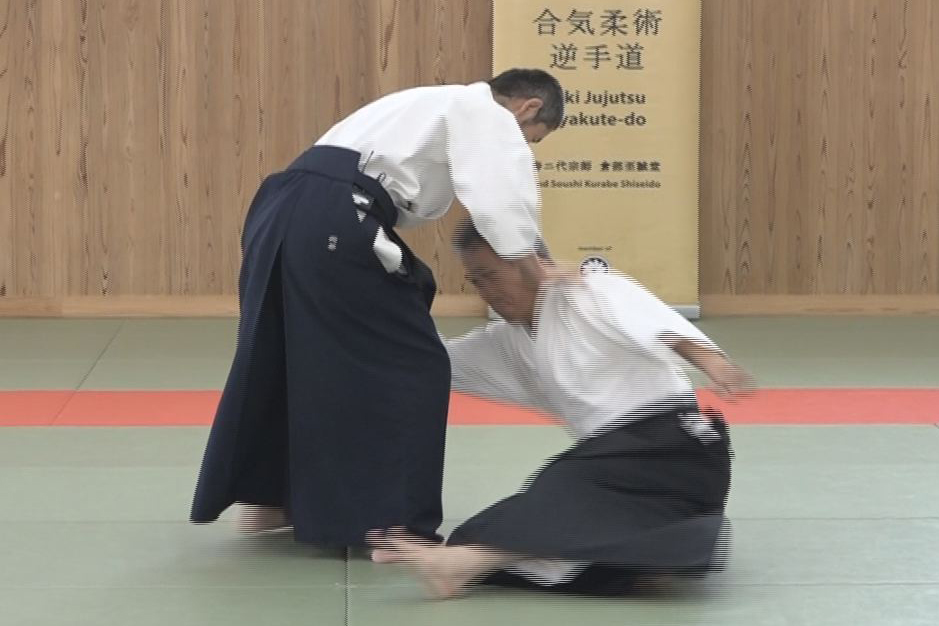
Lesson 18 Advanced tech. using AIKI Contact #2
-
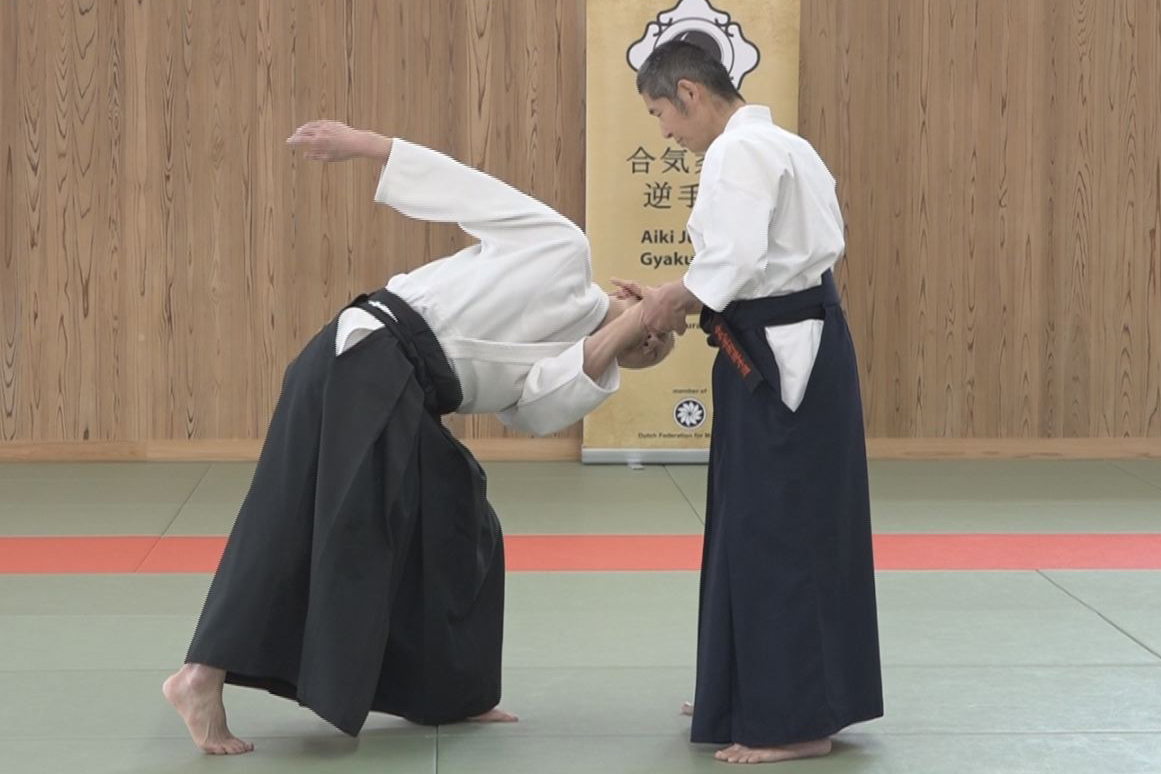
Lesson 17 Advanced tech. using AIKI Contact #1
-
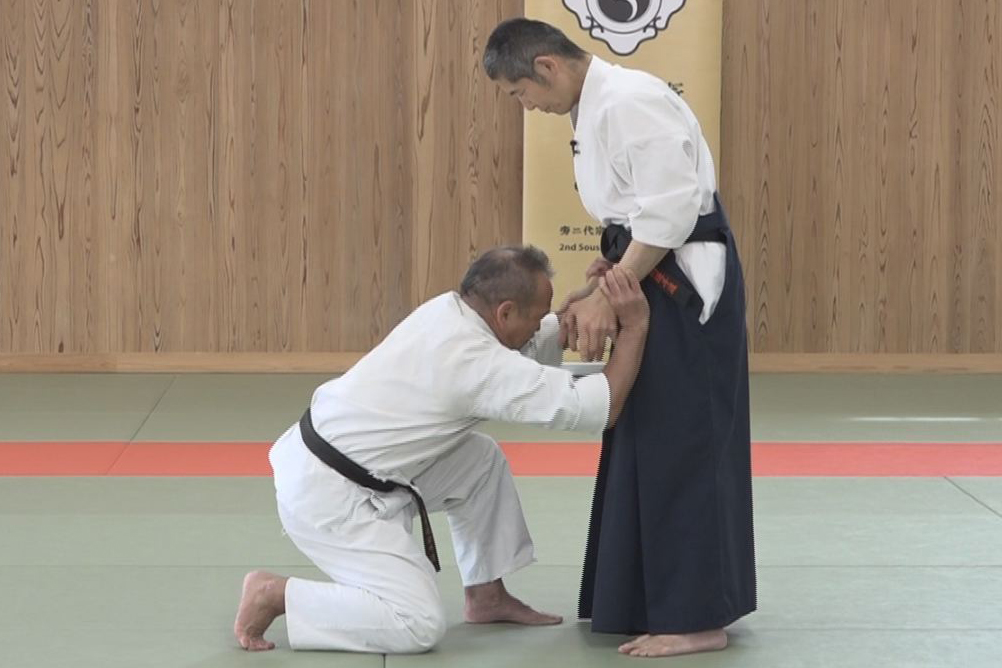
Lesson 16 Advanced tech. by Undetectable F.T. #2
-
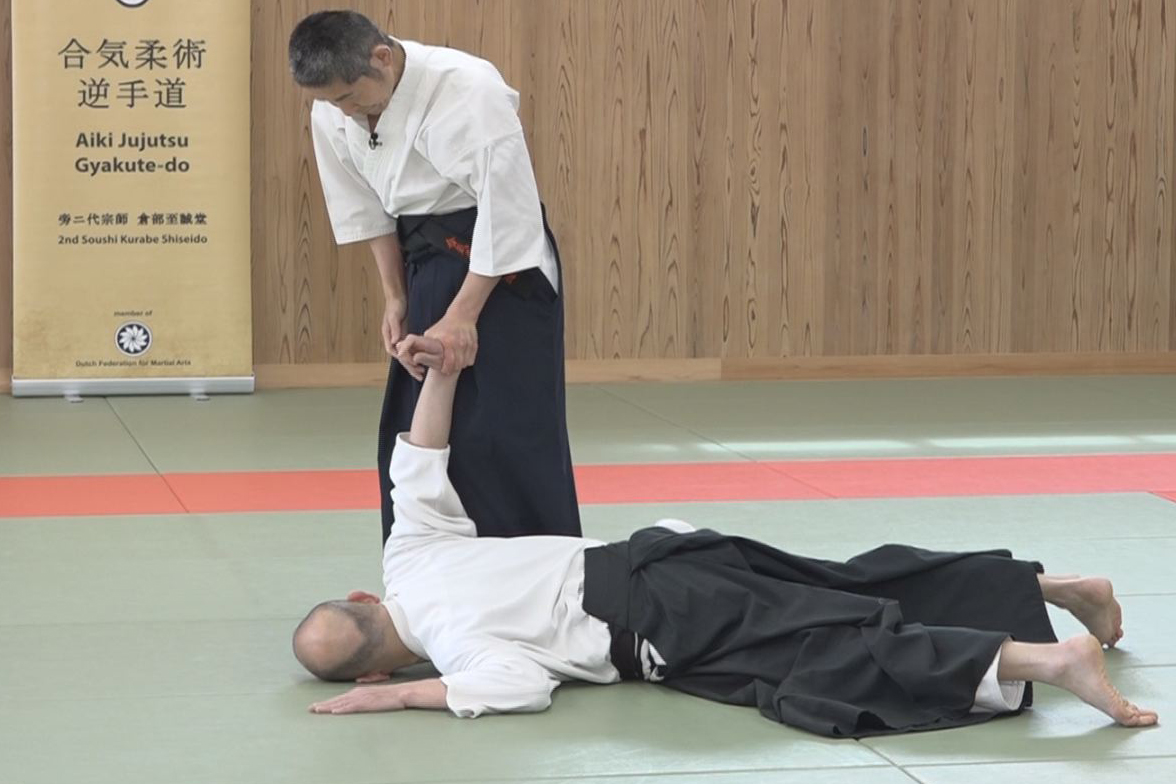
Lesson 15 - Advanced tech. by Undetectable F. T. #1
-
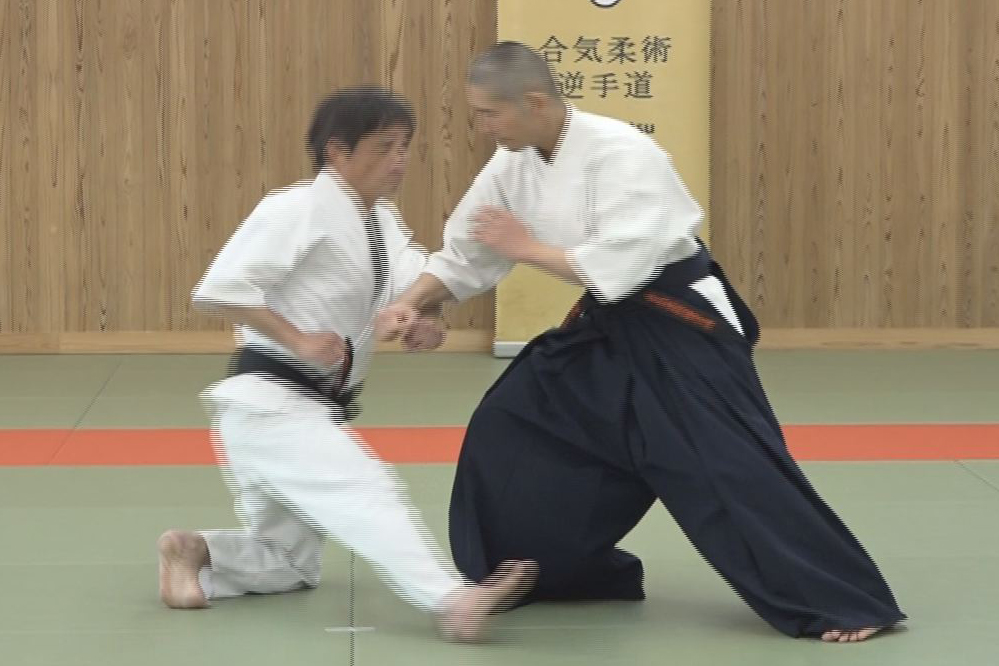
Lesson 14 - Advanced tech. by the Waving method #2
-
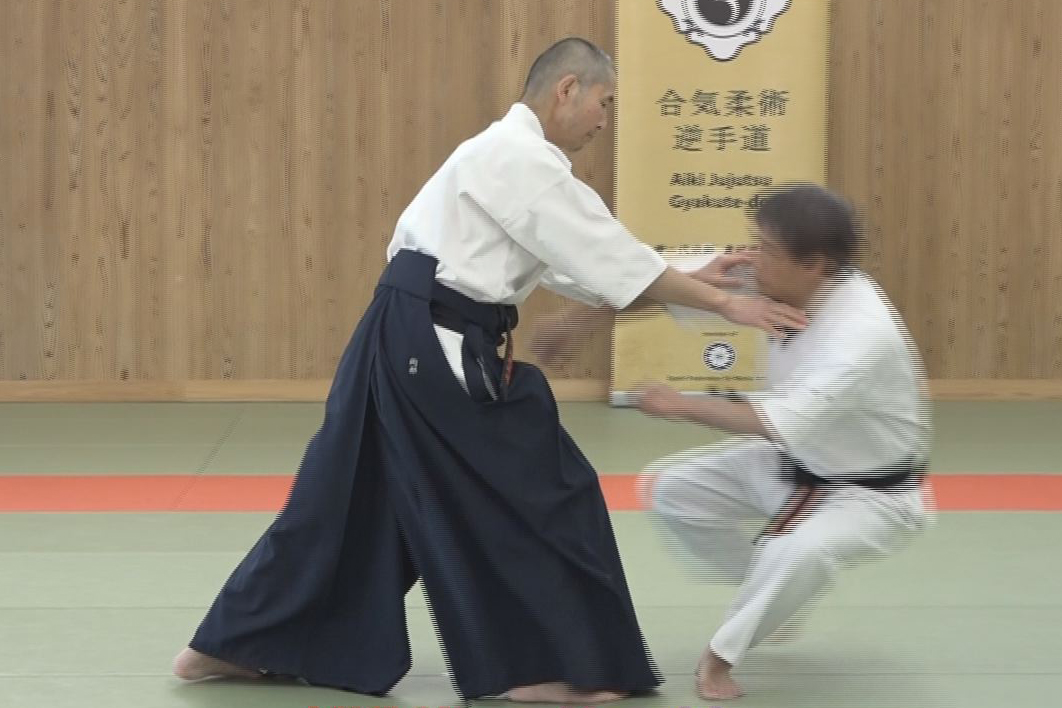
Lesson 13 - Advanced tech. by the Waving method #1
-
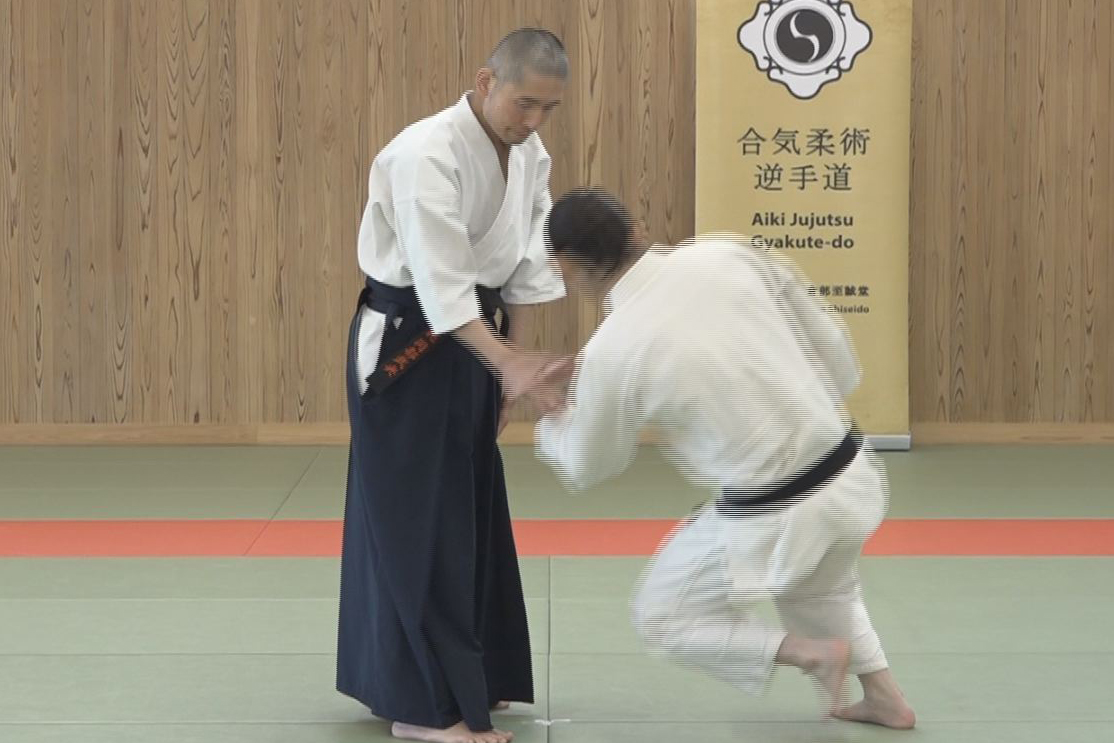
Lesson 12 - Gyaku-te by not Using Force nor AIKI
-
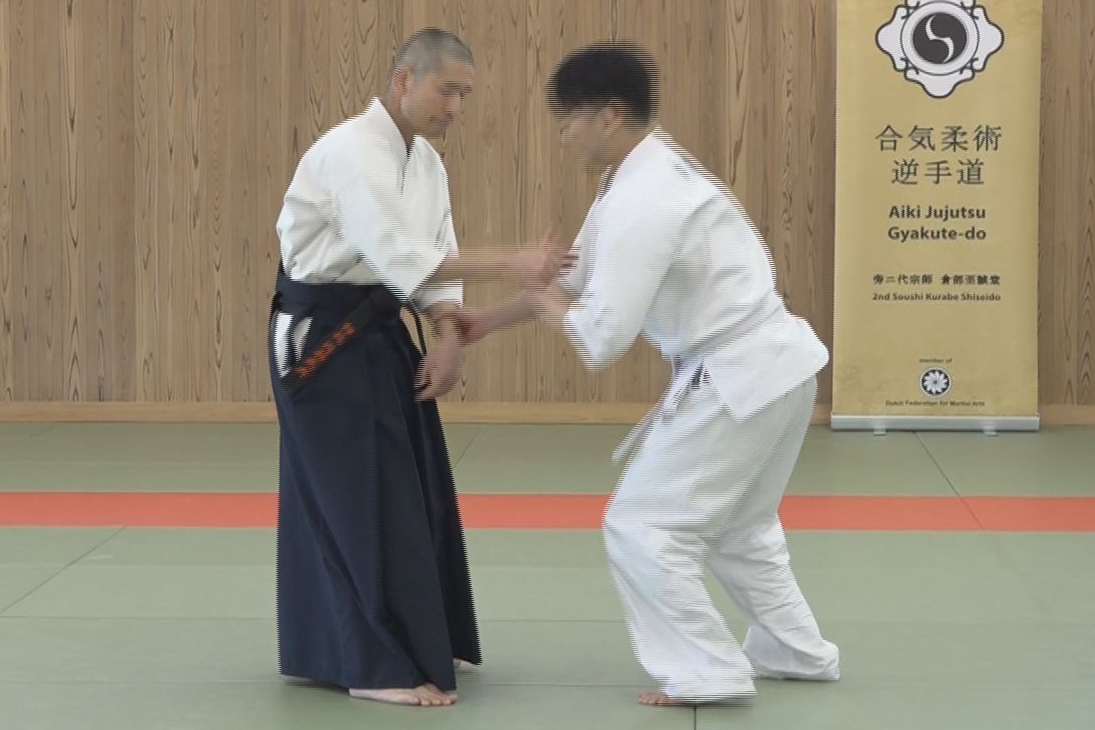
Lesson 11 - Gyaku-te Realized by the AIKI Method
-
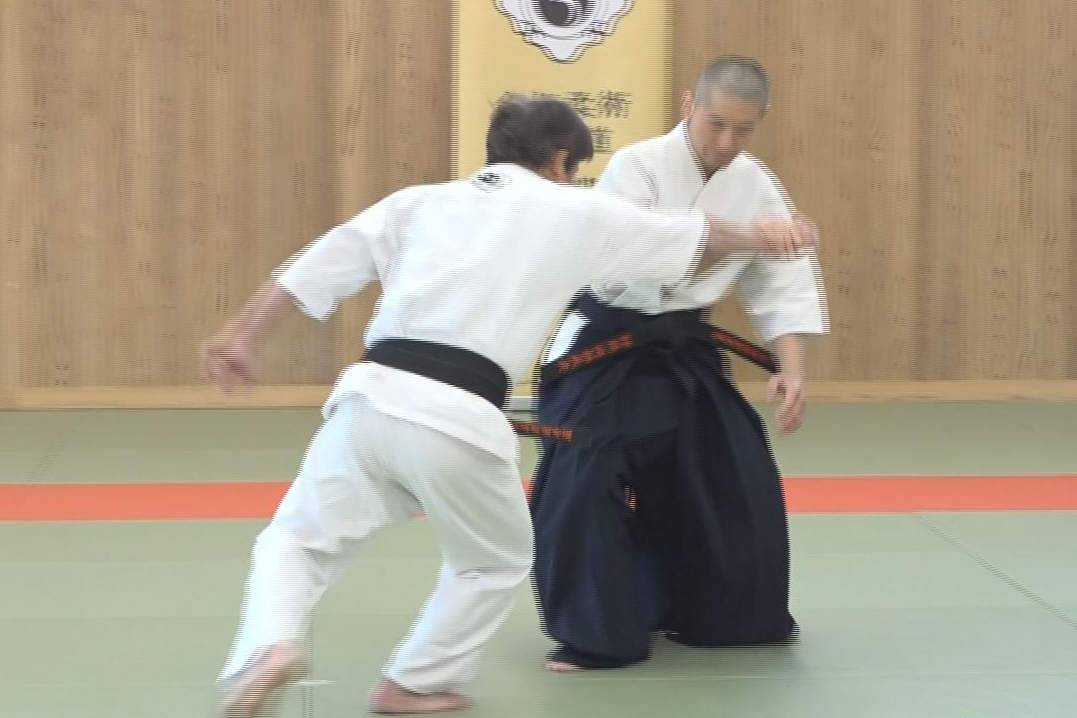
Lesson 10 - Application of Force Equilibrium method
-
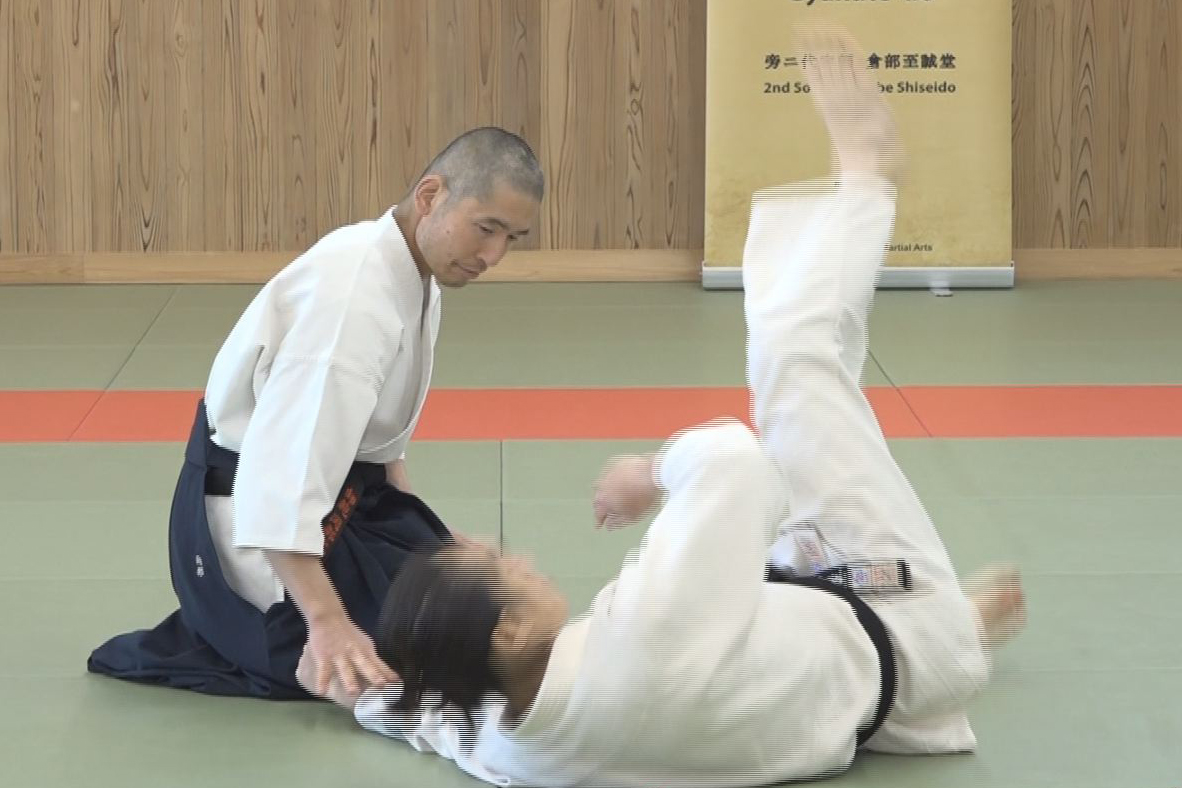
Lesson 9 - Force Equilibrium
-
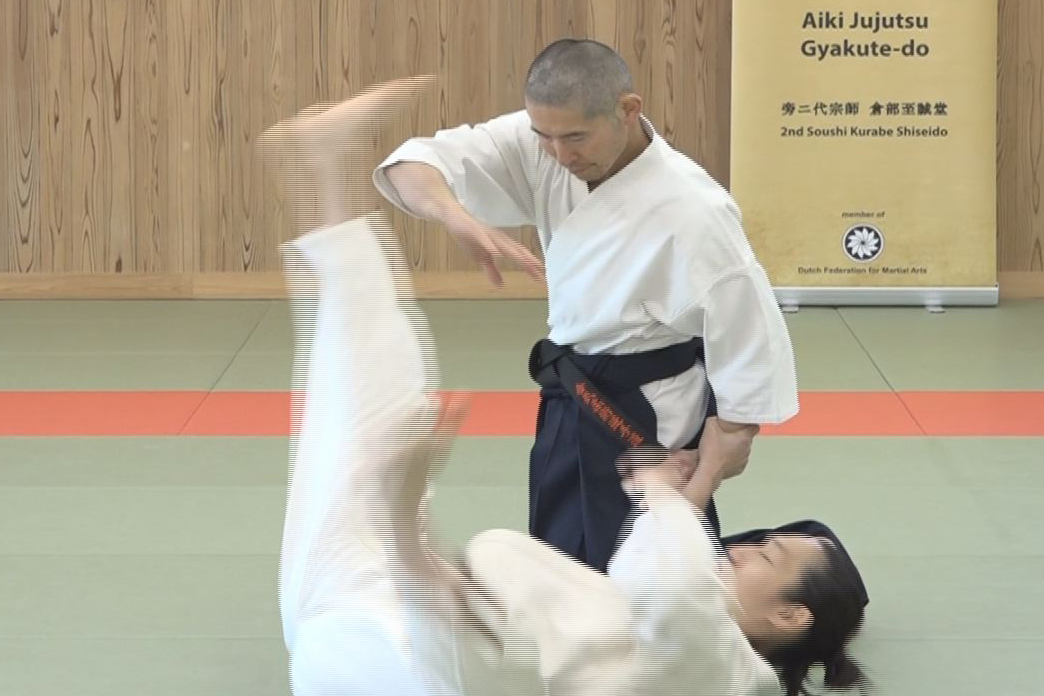
Lesson 8 - Application of Targeted Force Transfer
-
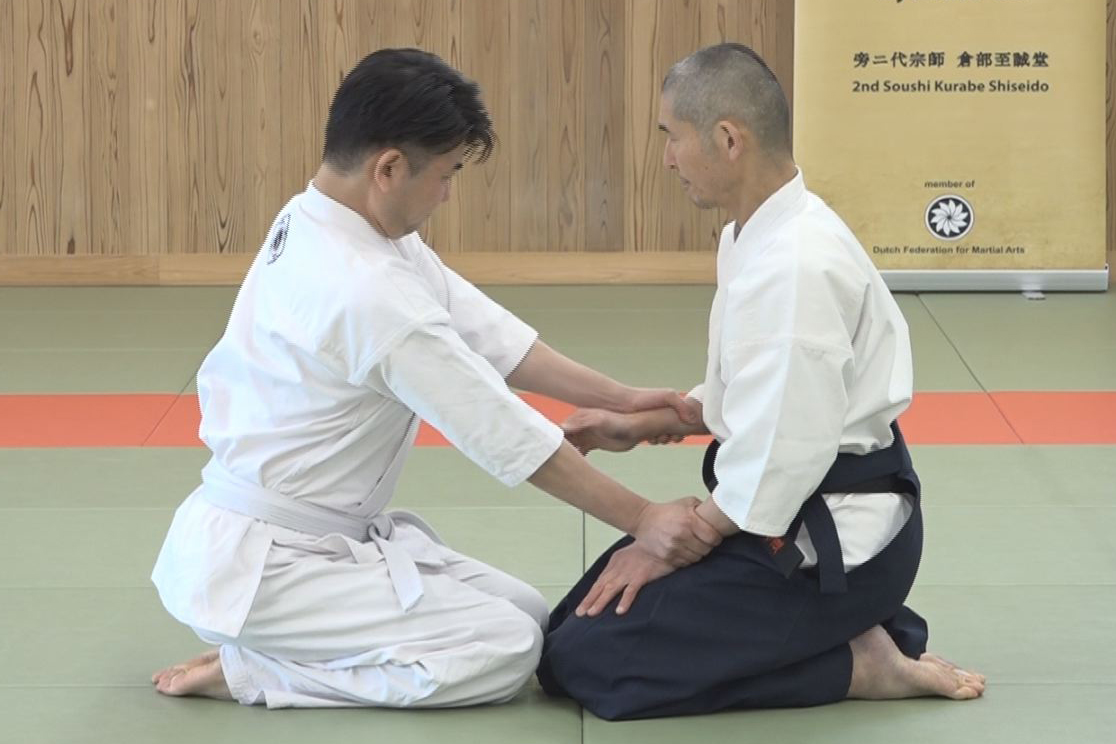
Lesson 7 - Targeted Force Transfer
-
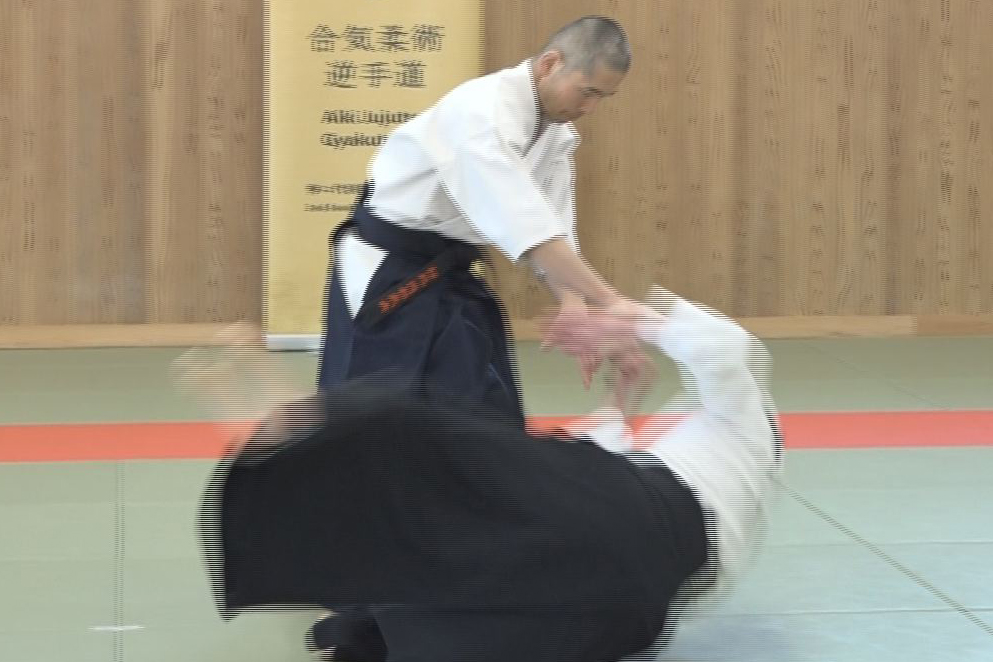
Lesson 6 - Application of AIKI Connection
-
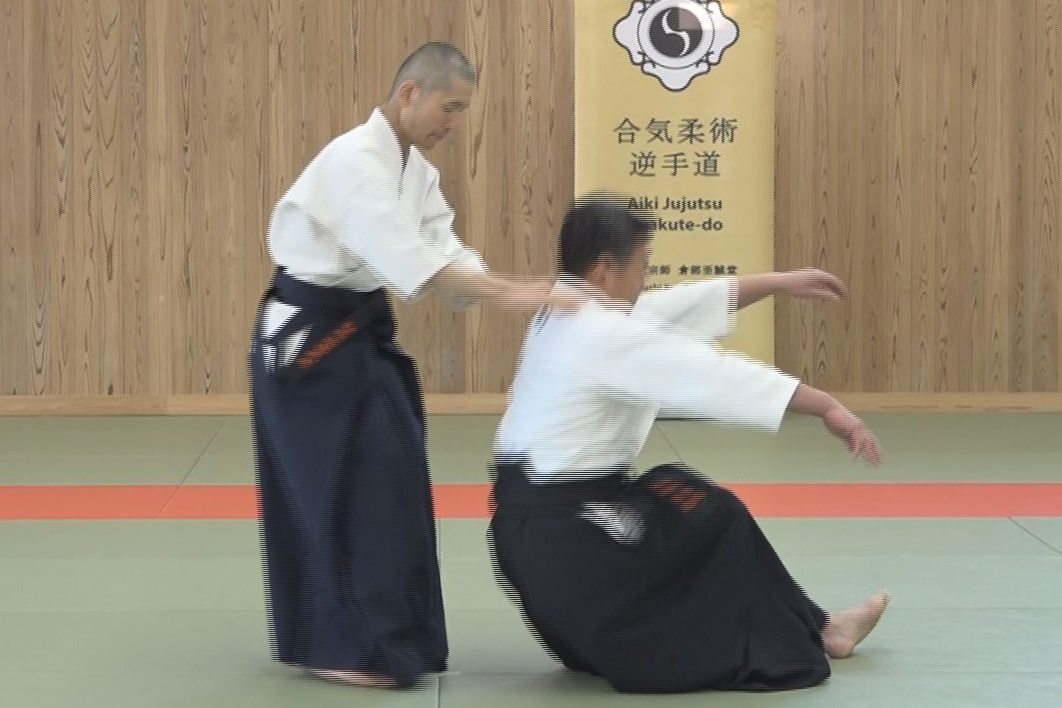
Lesson 5 - AIKI Connection
-
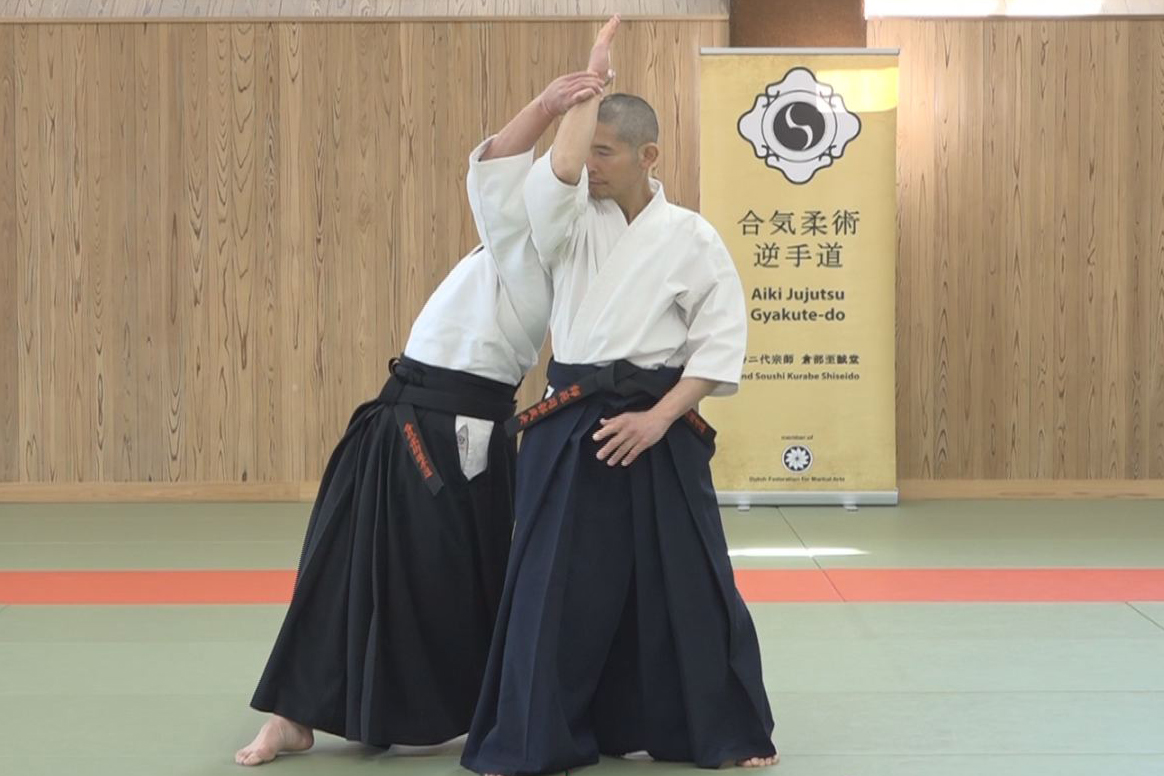
Lesson 4 - Application of Nondetectable Force Transfer
-
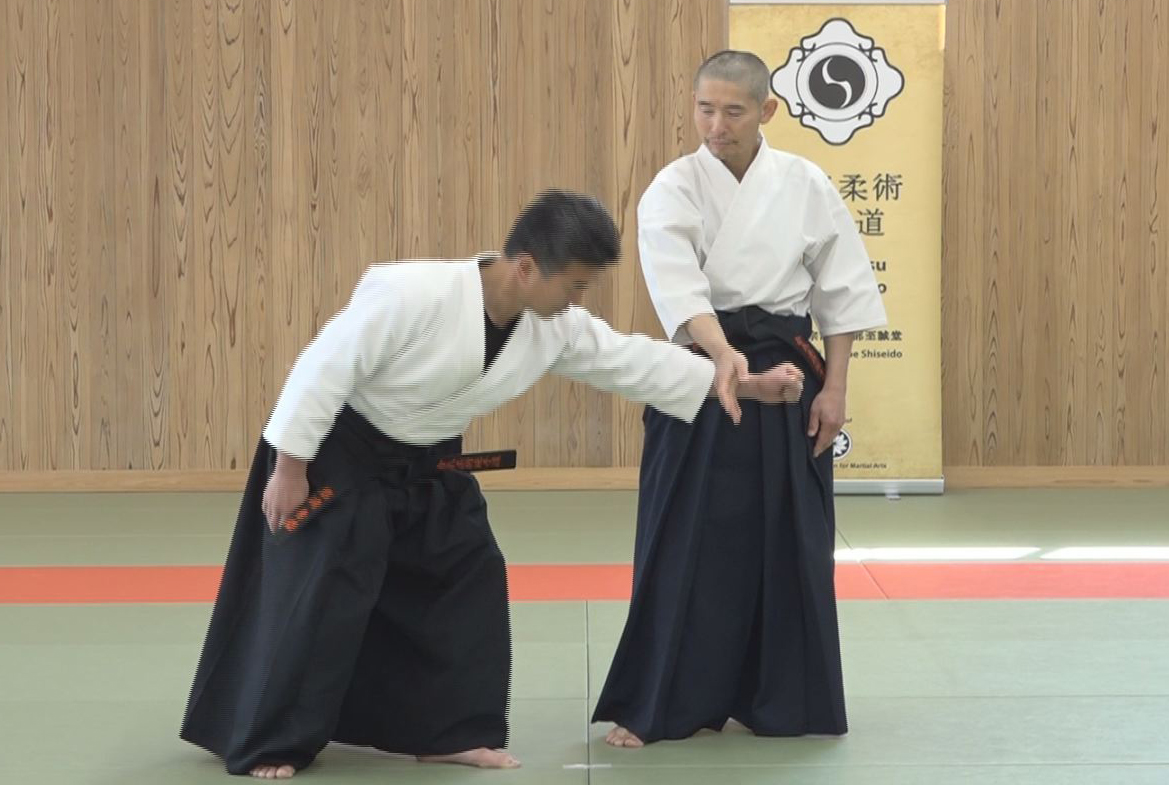
Lesson 3 - Explanation of Undetectable Force Transfer
-
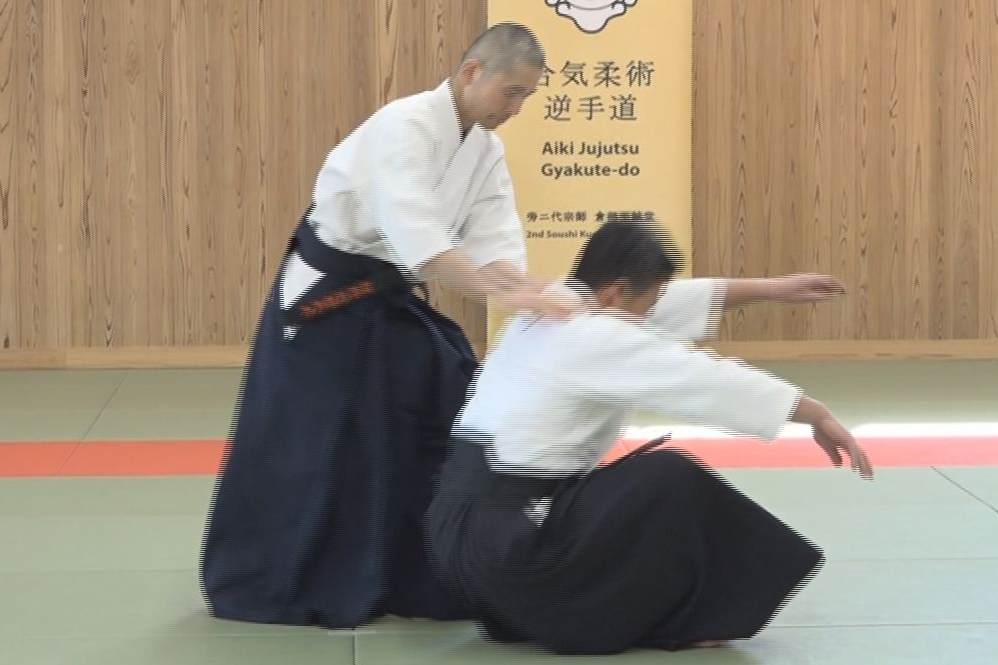
Lesson 2 - Application of Waving Method
-
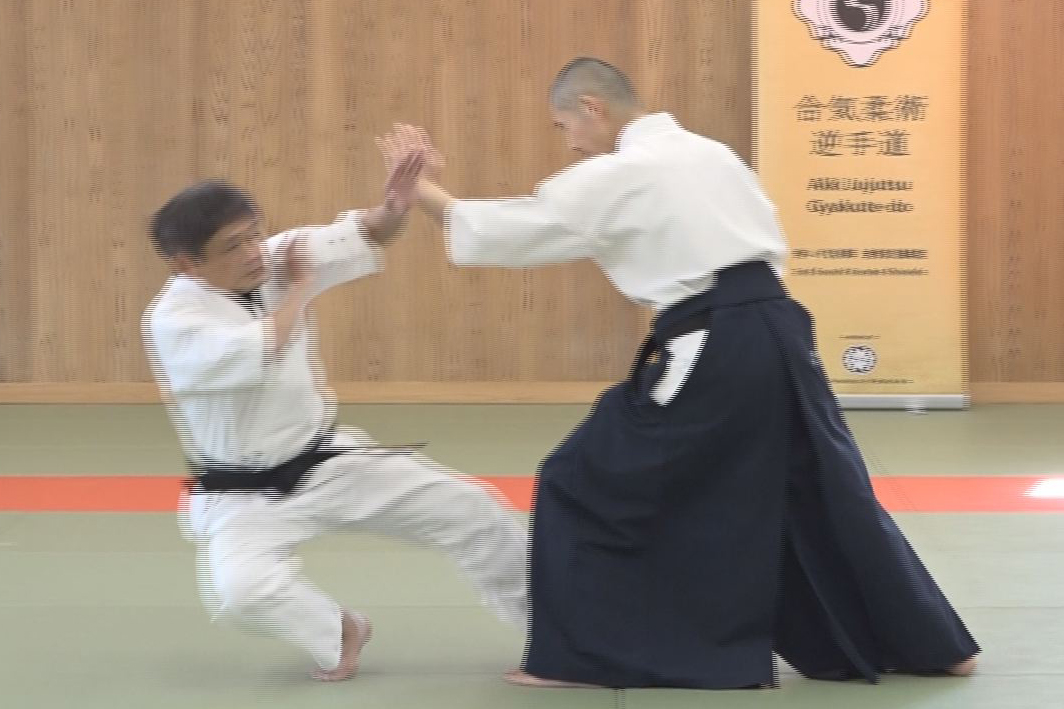
Lesson 1 - The Explanation of Waving Method
-
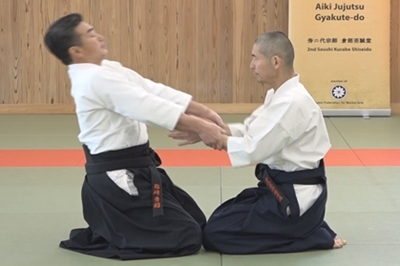
Introduction with video
and Knowledge of AIKI


